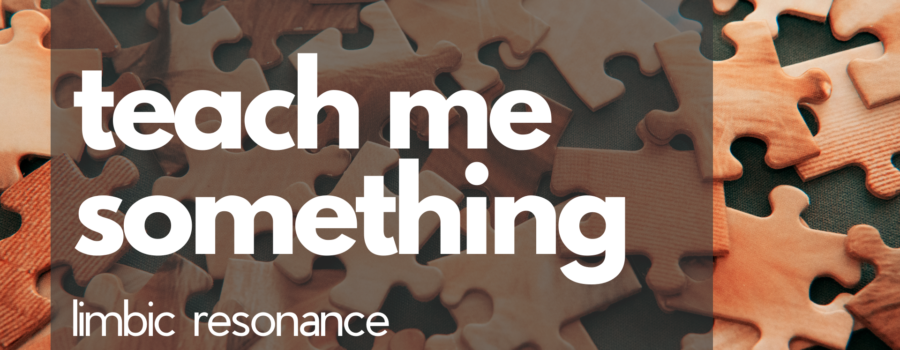As humans, we crave connection with others – it is part of our nature. When we look at Scripture, we see that God designed us in the context of relationship with Him. We deeply desire to be known by God, others, and ourselves. This happens on macro and micro levels, in realms seen and unseen. There is something sacred in this space where our spiritual beings are reflected in our embodied beings within the presence of another human being.
You might be able to easily identify a time you have shared an experience with someone that listened to you and showed you empathy. Remember for a moment the last time you had an engaging conversation with someone as you shared the emotions of an experience. Whether positive or negative feelings, you can remember the other person matching your embodied emotions. They might have expressed this with similar facial expressions, tone of voice or body posture that you used as you shared your story. This probably helped you feel as though the listener really understood how you were feeling at the time of the experience.
Dr. Dan Siegel, a leading researcher in the field of interpersonal neurobiology and attachment, would call this “feeling felt” by the other person in the room. Feeling felt by another human is experienced even on a neurobiological level. Something happens in the cells of your brain when you make this connection with another person.
This sense of feeling felt is known as Limbic Resonance in the field of interpersonal neurobiology (IPNB). Researchers have traced this experience to the physical anatomy of our nervous system, localized in the region of the brain called the Limbic System. This area of the brain is made up of several different structures that relate to each other in their functions of memory, emotion, and homeostasis. The identified structures of the Limbic System are debated by experts as to which ones are included and which ones are not. However, as it pertains to limbic resonance, we can understand that the Limbic System plays a vital role in our experiences of emotion.
Our brain also consists of specific cells known as mirror neurons. These neurons work in a system that allows us to interpret the sensed emotion of another person. Mirror neurons react when a particular action is performed and when the same action is only observed. This means that we do not have to actually do the action in order for the same neurons in our brain to be activated as if we are to just see another person express that action. For example, if you frown at the thought of something sad, this activates a specific network of neurons in your brain. The same network is activated if you simply see someone else around you frown, even if you don’t know the cause of their sorrow.
It is our mirror neurons that give us the ability to become attuned to one another in a way that speaks without words. We experience this to a higher degree in our closest relationships where there is stronger limbic resonance. Each time these circuits are used, they are strengthened. As we engage in resonance with other people, our attunement and sense of feeling felt grows even deeper. Dr. Curt Thompson, a renowned psychiatrist that studies Interpersonal Neurobiology, uses limbic resonance to explain our sense of and desire for being known. He has found that we are able to measure the connection we feel with someone else in that shared space of our limbic system.




Recent Comments